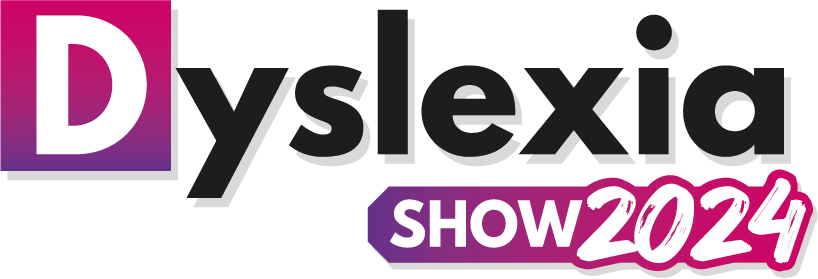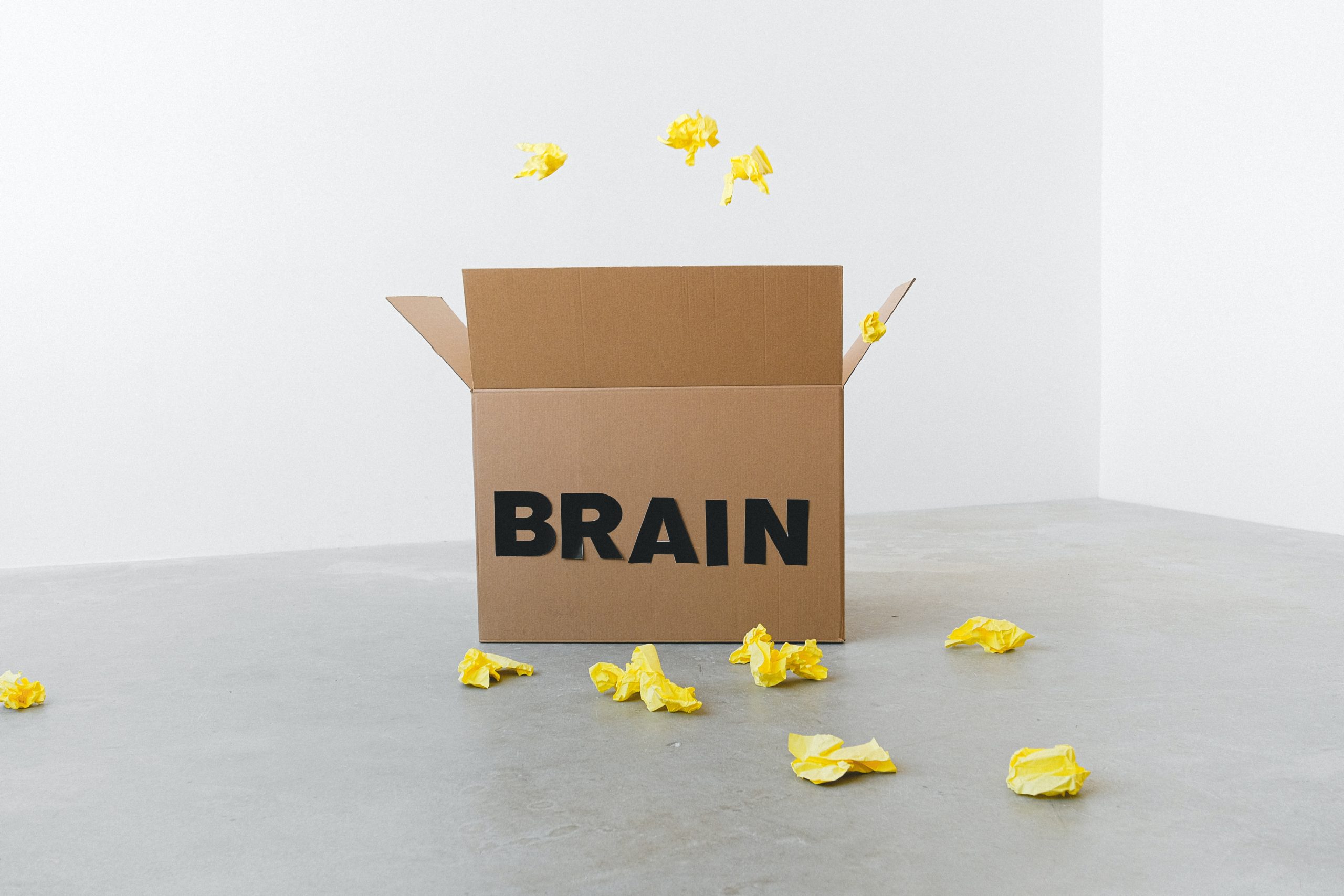The Rose review (2009) mentions memory difficulties in its definition of dyslexia and most children I assess , have some form of memory difficulty. Memory is divided up into three distinct areas – long term, working and auditory short term memory.
So, how do these difficulties manifest themselves at home and in the classroom? Long term memory is being able to know how to ride a bike even after many years. Most children with dyslexia have no problem with their long term memory – its pulling things out of it at speed that can be difficult for them. You may find the child ‘ums’ and ‘ahs’ whilst trying to find the right word . Working memory is the ability to multi-task and in the classroom (or home )when the teacher talks , when the child is trying to remember previous instructions, all the information is lost! I wish I could offer a suggestion for a resource that will suddenly improve a poor memory but there isn’t . Understanding that this is an area of weakness is the first step, then using things like the mobile phone , sticky notes, post it notes and highlighter pens, may go a long way to support a poor memory. Teachers can help by breaking down information so that the child is not overloaded, and this is good practice for all children.
It’s important to remember that not all areas of memory may be impaired and they may have a particular strength in one area eg visual memory which can then be used to support weaker areas. The other thing to bear in mind is that cramming for exams is not possible with poor memory skills – start revision a lot earlier in order to reinforce the material and allow the child to meet their potential.
Written by: Katrina Cochrane

